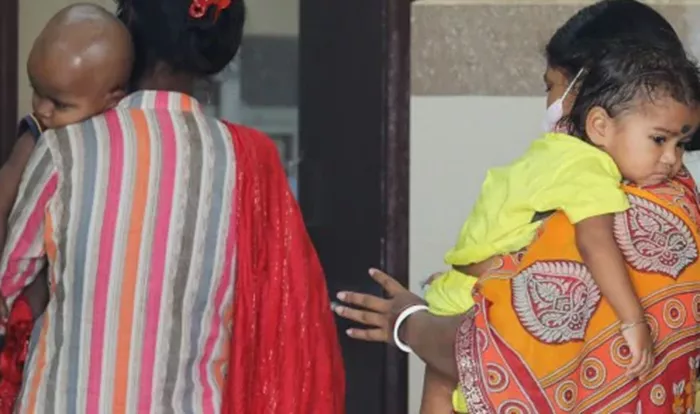GUJARAT, India — Gujarat has reported six deaths attributed to suspected Chandipura virus (CHPV) infection since July 10, with a total of 12 suspected cases documented across several districts. Health officials are actively monitoring the situation amidst concerns over the virus’s resurgence in the state.
Understanding Chandipura Virus (CHPV) Infection
CHPV belongs to the Rhabdoviridae family, akin to the lyssavirus responsible for rabies. It is primarily transmitted through bites of infected sandflies like Phlebotomine sandflies and certain mosquito species such as Aedes aegypti. The virus resides in the insect’s salivary glands and can be transmitted to humans and animals, potentially leading to encephalitis — inflammation of the brain’s active tissues.
Symptoms and Disease Progression
Initial symptoms of CHPV infection resemble those of flu, including sudden fever, body ache, and headache. The infection can escalate to affect the central nervous system, causing seizures, altered consciousness, and encephalitis. Rapid disease progression is characteristic, often leading to mortality within a short period after onset, particularly among children under 15 years old.
Management and Challenges
Currently, there is no specific antiviral therapy or vaccine for CHPV. Treatment focuses on symptomatic management and mitigating brain inflammation to reduce mortality rates. The infection’s rapid progression complicates management efforts, highlighting the critical need for early intervention and supportive care.
Historical Outbreaks and Geographical Impact
The virus was first isolated during investigations into dengue and chikungunya outbreaks in Maharashtra in 1965. Significant outbreaks occurred in 2003-04 in states like Maharashtra, Gujarat, and Andhra Pradesh, resulting in substantial child mortality. Gujarat reported a high case fatality rate (CFR) during the 2004 outbreak, underscoring the virus’s endemic presence in central India’s rural and tribal regions where sandfly populations thrive.
Current Challenges and Emerging Trends
Dr. Sandipkumar Trivedi, a former executive board member of the Indian Association of Pediatrics, notes evolving disease patterns, including new manifestations like brain hemorrhages and shifts in vector behavior. Surveillance has revealed sandflies appearing at higher altitudes than previously observed, suggesting changing ecological dynamics contributing to outbreaks in new geographical areas.
Preventive Measures and Recommendations
Health experts emphasize community awareness, vector control measures, and early medical intervention as pivotal in combating CHPV. Individuals are advised to take precautions such as avoiding outdoor activities during peak sandfly activity, using insect repellents, and seeking prompt medical attention for any suspected symptoms.
As Gujarat confronts the resurgence of Chandipura virus infections, health authorities continue to monitor and respond to the evolving situation, urging vigilance and proactive health measures to safeguard vulnerable populations.
[inline_related_posts title=”You Might Be Interested In” title_align=”left” style=”list” number=”6″ align=”none” ids=”10873,10870,10867″ by=”categories” orderby=”rand” order=”DESC” hide_thumb=”no” thumb_right=”no” views=”no” date=”yes” grid_columns=”2″ post_type=”” tax=””]

































